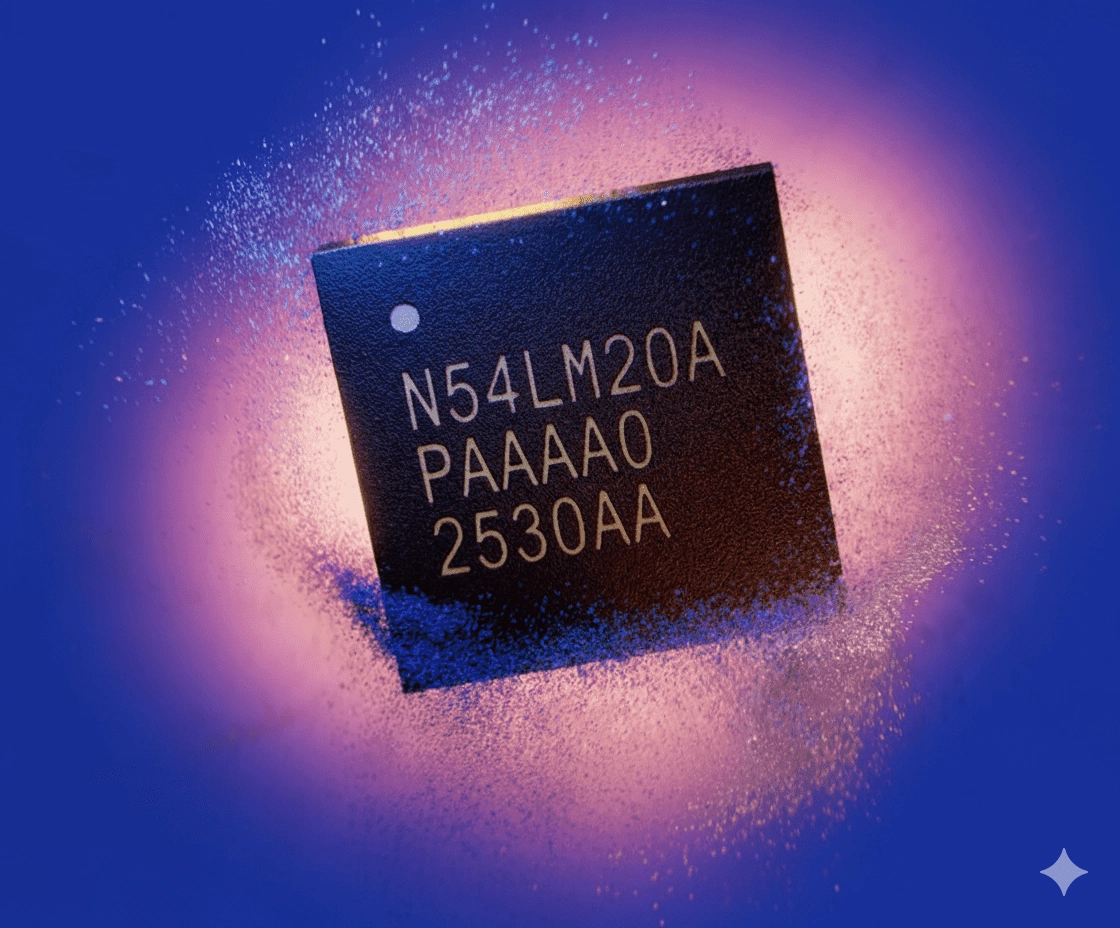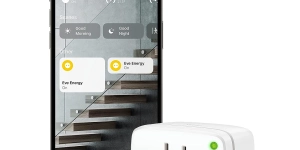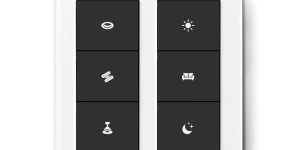Notable smart home chipset maker Nordic Semiconductor recently expanded its nRF54L series with a new high-end model designed for Matter and Aliro devices.
The new model, the nRF54LM20A, is a high-memory wireless System-on-Chip (SoC) for devices that demand high performance. It features increased on-chip resources and extra interfaces compared to previous models in the family. As Matter and AI-powered smart home devices become more demanding, this new model is positioned to be an alternative choice for premium Matter and Aliro products.
A breakdown of the specs
Built on Nordic’s 22nm technology platform, the nRF54LM20A provides a new tier of performance with 2 MB of flash and 512 KB of RAM. This is a major jump from previous models in the nRF54L family, which offer up to 1.5 MB of flash and 256 KB of RAM. For context, one of the most popular options on the market today, the nRF52840, features just 1 MB of flash and 256 KB of RAM.
The chipset also features a 128 MHz Arm Cortex-M33 processor, a RISC-V coprocessor, USB 2.0 support, and up to 66 GPIOs. This combination of resources allows devices to power more features without needing additional computational chipsets.
“The nRF54LM20A opens up more opportunities for developers to build innovative connected products demanding more memory, interfaces, and performance,” said Oyvind Strom, EVP of Short-Range at Nordic Semiconductor.
It integrates Nordic’s fourth-generation ultra-low-power 2.4 GHz radio, which supports Bluetooth LE, Channel Sounding, and Matter over Thread. Like other SoCs in the nRF54L Series, the nRF54LM20A delivers twice the processing power, three times the processing efficiency, and up to 50 percent lower power consumption than the industry’s reference nRF52 Series.
The support for NFC and Bluetooth also provides a solid foundation for Aliro-enabled devices, such as battery-powered smart locks.
Why chipsets matter
The choice of a radio chipset often defines the potential cap of a smart home device. Unlike high-end gateways that can use more powerful processors for applications, most smart home gadgets run their main features on a single, compact SoC.
The chipset’s design, build quality, and software optimization directly impact a device’s stability and power consumption. A better software development kit (SDK) provided to work with the chipsets can also accelerate product development and reduce bugs. These factors all come at a price, which is why there is often a major price difference between devices that use different chipsets.
The new nRF54LM20A is expected to start production in Q1 2026, according to Nordic Semiconductor.
(Source: Nordic; Image Source: Nordic/Gemini)




